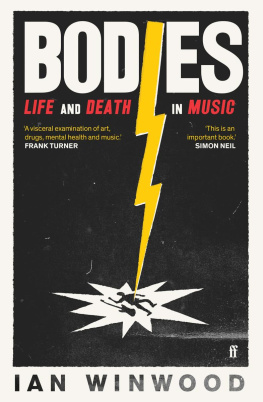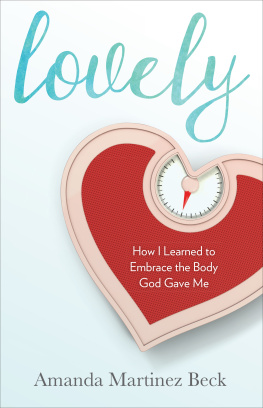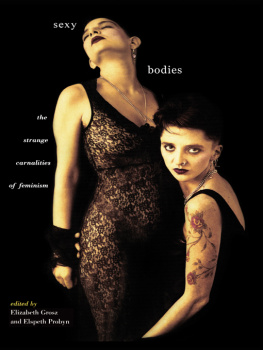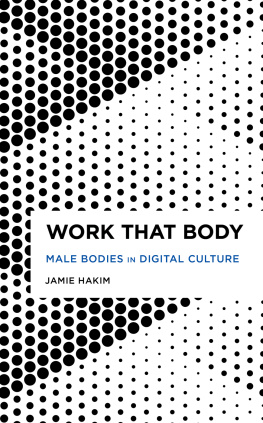PHANTOM LIMBS
PHANTOM LIMBS
ON MUSICAL BODIES
PETER SZENDY
Translated by Will Bishop

Copyright 2016 Fordham University Press
This work was originally published in French as Peter Szendy, Membres fantmes. Des corps musiciens 2002 Les Editions de Minuit.
Ouvrage publi avec le concours du Ministre franais charg de la CultureCentre National du Livre.
This work has been published with the assistance of the French Ministry of CultureNational Center for the Book.
All rights reserved. No part of this publication may be reproduced, stored in a retrieval system, or transmitted in any form or by any meanselectronic, mechanical, photocopy, recording, or any otherexcept for brief quotations in printed reviews, without the prior permission of the publisher.
Fordham University Press has no responsibility for the persistence or accuracy of URLs for external or third-party Internet websites referred to in this publication and does not guarantee that any content on such websites is, or will remain, accurate or appropriate.
Fordham University Press also publishes its books in a variety of electronic formats. Some content that appears in print may not be available in electronic books.
Visit us online at www.fordhampress.com.
Library of Congress Cataloging-in-Publication Data
Szendy, Peter.
[Membres fantmes des corps musiciens. English]
Phantom limbs : on musical bodies / Peter Szendy ; translated by Will Bishop.
pages cm
Includes bibliographical references.
ISBN 978-0-8232-6705-7 (cloth : alk. paper) ISBN 978-0-8232-6706-4 (pbk. : alk. paper)
1. MusicPhilosophy and aesthetics. 2. Human body in music. I. Bishop, Will, translator. II. Title.
ML3800.S96813 2016
781.1dc23
2015023328
First edition
FOR JEAN-LUC NANCY
At first some gibberish about vibrating strings and sensitive fibers...
Denis Diderot, DAlemberts Dream
CONTENTS
PHANTOM LIMBS
I am here in this cool room on the ground floor, in a house that exists today only in my memories (it burned down).
Its main occupant is the piano. On the piano, a plaster cast: Beethoven. Its incredibly kitsch, especially when its lit up. But it is one element of the staging G. had set into place in his room, like the little sign hed hung over the bed: Nobodys perfect.
The white keys have yellowed and appear burnished. An innumerable number of fingers must have worn them out.
G. is teaching me to play a prelude whose name and author I dont yet knowand wont for quite a while. Nor will I know the notes, actually (I dont even know that something like notes exists).
Learning means: watching where he puts his fingers, memorizing the keys he presses down as you would identify the footprints of an animal youre tracking. With my gaze set on the keyboard at whose level I almost am (I emerge just barely above its height), I am under the impression that I will have to pour my body into the mobile, moving mold formed by the keys that G. pushes down or releases. Plastically, I will have to espouse this contour whose hollowed-out shape he has left for me. With the most intense attention, I register the deformations of the line of the keys, raised up in some places and drawn back in others. A crenulated, angled line. I will model my body on the empty envelope his body, fleetingly, leaves.
Behind the repetitive idiotism of my training (I spend days and weeks at it, and I must constantly ask him to show me once again the digital traces of his knowledge in order to fix them in my memory and reproduce them with my own fingers), there will have been this gripping experience: espousing another body. (When I recall these moments, I no longer know how many fingers, hands, and phalanges I have.)
But thats not all. There is also the pianos belly: its hollow, disemboweled, or eviscerated belly, its old emptied-out, upright Steinway interior, which had been equipped with a roller mechanism to allow it to play all by itself. G. had had this mechanism, which I imagine produced old, bad hits, taken out; he had had it removed, he said, to get a purer sonority. But there is still the little sliding door at eye level when Im sitting on the stool; there is still this opening that attracts me to the secrets of its machinery. I can stick my little head into it, and in the darkness I can make out the hammers, levers, and felts. Resting in silence.
I can also play while I plunge into this vibrating piece of furniture. And it is when I do so that, with my ear up against the wires and in an acrobatic position, I absolutely forget my body, giving myself up body and soul to this improbable sound coupling or montage by which I reinvent myself even more formidably than in childhood games.
Today, this memory is indissociable from a dream that, timidly and in a low voice, accompanies it. If I had learned to play, not only by following in the tracks of his fingers but also by conforming to envelopes that were even ghostlier, by bending myself to the mechanical crenulations of the keys under the impetus of the turning roller, what bodies would I have espoused?
I now know that great musicians engraved their playing onto rolls and cylinders. This even has quite a history, much older than is often thought. Long before the recordings realized by Debussy on Welte-Mignon cylinders in 191213, there will have been, in 1775, a certain Father Engramelle, who, by inventing tonotechnics (that is to say, the art of noting cylinders, and everything susceptible of being noted in the instruments of mechanical concerts), was already having something like my dream: We would still today enjoy the interpretations of Lully, Machand, and of all the great men who ravished their contemporaries with admiration... : Their best pieces they transmitted to posterity on several inalterable cylinders would have been conserved in this style of expression that we no longer have any idea of except through history.
Would I have been all these bodiesLully, Couperin, Bach, Debussy, and even this Beethoven who looks at me all lit up? Would I have been their cohort, their theory? Would I have had their hands, their fingers? Would I have breathed with them? Would they have possessed me?
I have a body: This is a statement thateven though its use and overuse have made it banalvacillates and trembles in me every time I experience musical body-to-body contact [corps corps].
Each time this phrase comes back to me, in a halo still rumbling around the resonating instrument, I sit there wondering what the verb to have might mean here. What does having a body, and a body that is mine, really mean when I lift my hands from the keyboard, and, in this suspended time, little by little, the vibrations, tacts, and contacts dissipate, and the innervations slowly come undone, the ones that just a moment ago seemed to articulate some kind of immense demultiplication table to me?
It sometimes seems to me that after the incredible dilation and ramification that my body has just experienced in its contact with keys, vibrating strings that resound or zing, pieces of wood and felts that strike in a muffled way or with brilliance, it retracts or reconfigures only reluctantly [ contre-coeur]. It is thus despite my body [ contre-corps]; yes, it is in a slow contraction that an infinite number of phantom limbs that had come to dance a delicious Sabbath wither away. A transitory necrosis of an always unique form of my organisms organization.











